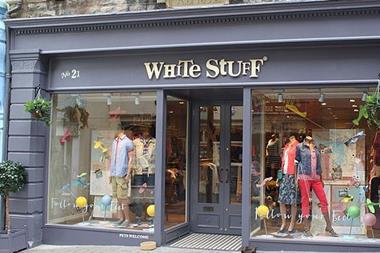Retail vacancy rates have inched up during the first quarter of the year, with the ongoing coronavirus pandemic likely to cause further damage according to the BRC.
Vacancy rates across all UK shopping locations inched up to 12.2% in March, up from 12.1% in December 2019 according to new figures from the British Retail Consortium and Local Data Company.
The vacancy rates for high street locations stood at 12.3% first quarter of 2020, compared to 12.1% in December 2019.
Shopping centre vacancy rates actually fell in the first quarter of the year, down to 14.1% for the period compared to 14.4% in December 2019, while vacancies stood at 8.2% across retail parks, up from 8.1% in the final quarter of 2019.
The data showed that the persistent vacancy rate – a premise that had stood empty for two or more years – was 5.3% and noted that the south west of England and wales had seen the largest increases in retail vacancy rates – registering increases of 0.6 and 0.4 percentage points respectively.
While the 0.1% increase in vacancy rates did not appear to be particularly marked, BRC chief executive Helen Dickinson warned the industry that the effects of the ongoing coronavirus lockdown measures would likely lead to a sharp rise in shop vacancies in future.
“For some time retail parks have been faring better than High Streets and Shopping Centres as consumers took advantage of free parking and larger stores. The coronavirus pandemic is likely to exacerbate this disparity as most retail parks include large supermarkets which have remained open to meet the public’s needs. Despite government support, it is likely that some stores may not be able to reopen after the lockdown is lifted, and the vacancy rate may rise sharply in the future as a result,” said Dickinson.
“With over three million retail jobs in the UK it is vital that as many firms as possible can start trading again once lockdown is lifted. While the government furlough scheme, loans and business rates holiday have provided an essential lifeline for thousands of retailers, stores continue to face fixed costs such as rent, which threaten their existence. To protect jobs and ensure the economy is able to get back on its feet in the coming months, it is vital that the follows the lead of other European countries and supports rents.”


























No comments yet